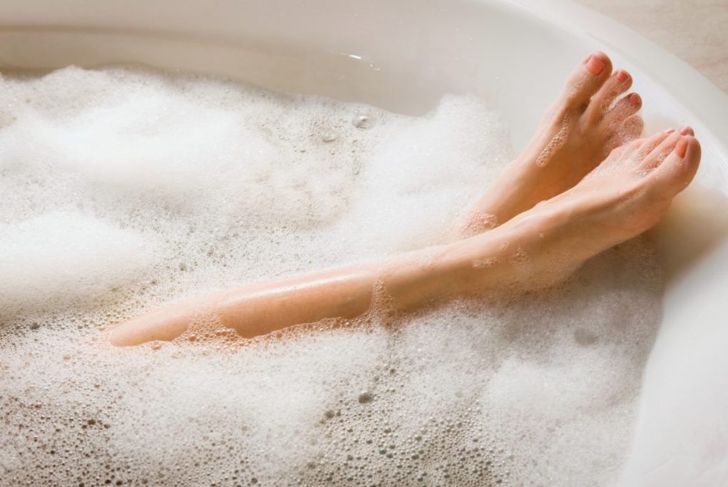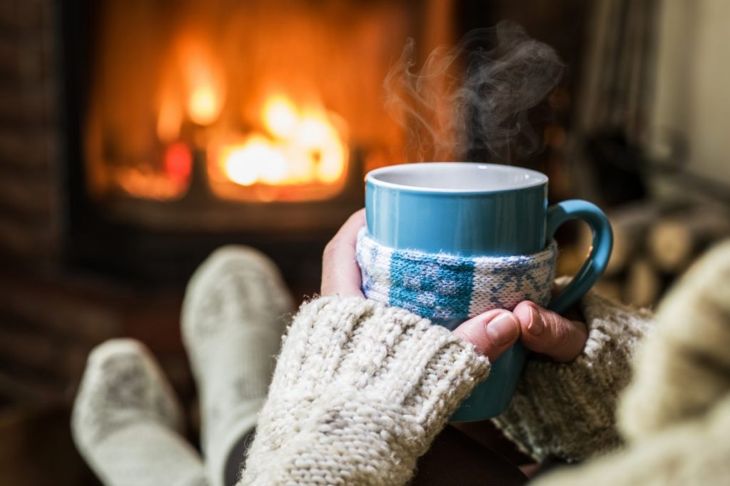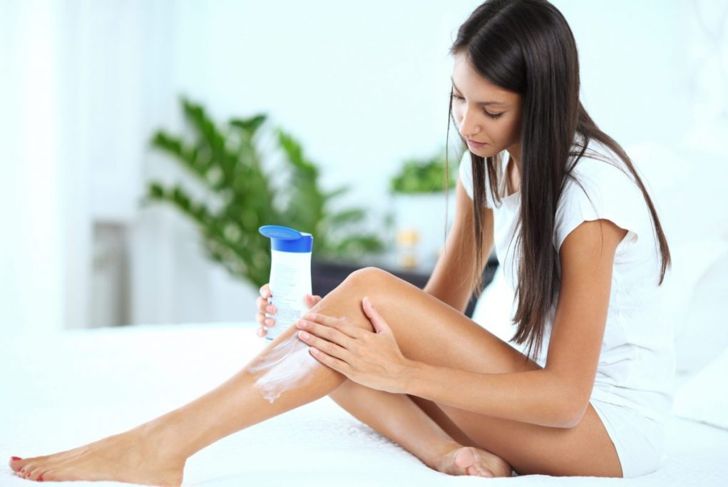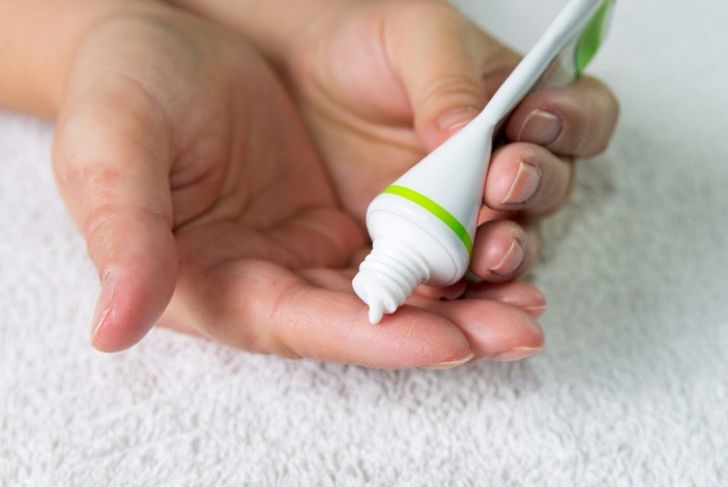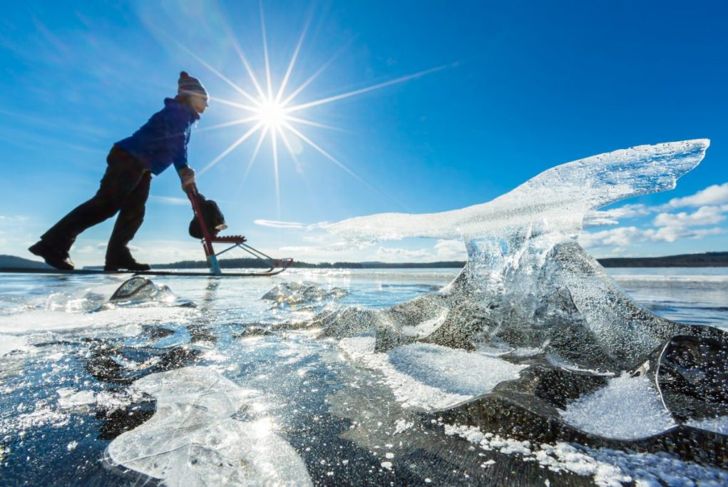When it gets colder outside, the moisture levels in our bodies tend to drop, leading to dry skin and winter rashes. Winter rashes can be widespread throughout the body, affecting the legs, arms, and hands. If you are experiencing redness, swelling, itching, flaking, sensitivity, bumps, and blisters, you likely have a winter rash. It is very common and often recurs year after year. Prevent winter rashes simply with the right lifestyle changes. You are less likely to experience winter rashes if you apply moisturizer at the first sign of dry skin.
Buy a Humidifier
Adding a humidifier to your home during the winter can increase moisture in any room. You can find a single room, personal, or whole house humidifier. Sleeping in a room with a humidifier during the winter can help prevent dry skin and winter rash. These devices should be cleaned out at least once a week to prevent mold and mildew.
Take a Milk Bath
Bathing during the cold, winter months can both prevent and treat winter rashes. If you are experiencing dry skin or rash, soaking in a warm bath with whole milk for ten minutes can offer relief. If you do not find sitting in a bath full of milk appealing, you can substitute finely ground oats and find the same comfort. That said, bathing too often in hot water will actually deplete moisture, so be sure to keep the temperature reasonable and moisturize well afterwards, if you enjoy frequent bathing.
Wear Breathable Clothing
When the temperatures turn colder, many are tempted to dress in heavy layers, but these can cause skin irritation and overheating, leading to dry skin and winter rashes. It is important to wear breathable clothing under your layers, especially if you choose wool sweaters — wool can cause skin irritation in many people.
Protect Your Hands
Cold, harsh winter months can do a real number on your hands, especially if you do not wear gloves. Wearing a thick pair of winter gloves will keep your hands protected from the cold elements and improve your chances of keeping them moisturized. If you insist on going without gloves, make sure you are using a quality moisturizing lotion or cream on a regular basis, to keep your hands soft and crack-free.
Avoid Fireplaces
If you tend to use your fireplace constantly in the winter, you are decreasing the humidity in your home and exposing your skin to intense heat. You may want to consider decreasing the number of times you use your fireplace or at least turning the heat down on the furnace.
Use Quality Moisturizers
During the harsh winter months, lotions are your first defense for help locking moisture into the skin. They should be applied several times a day to prevent winter rashes, especially after bathing and hand-washing, and other activities that perpetuate this loss of moisture. If your skin is already affected by a rash, choose a moisturizer with some medicinal properties, and consider going scent-free, as perfumes can exacerbate issues.
Medicated Creams for Serious Rashes
Winter rashes can be tricky to treat, especially if they are too advanced for regular lotions. Plus, many lotions can irritate winter rashes even more because of the chemicals they contain. Winter rashes can also become infected very easily. Topical creams from the pharmacy section can soothe the itchiness and the redness of a rash.
Protect From the Sun
If you enjoy winter outdoor sports, be sure to wear sunscreen with an SPF of 30 or more. Just because it is cold outside does not mean the sun will not burn you. Sunburn can dry out the skin, leaving it susceptible to winter rash. Gloves are also important to prevent the damage that can come from a combination of sun and windburn.
Try Petroleum Jelly
If you do not have lotions or moisturizers handy, petroleum jelly will seal in the moisture in your skin. It is a good choice for right after bathing to retain the moisture the water provided. If you prefer to avoid petroleum products, there are similar gels on the market that do not contain petroleum.
Drink Lots of Water
Your body is mostly water. When we sweat, we lose water from the body. It is important to replace the water we lose to prevent dry skin and winter rashes. Coffee, tea, and other flavored beverages may quench your thirst, but they often contain caffeine, which will also leech water from your body. Pure H20 is the best bet for keeping the skin — and your insides, too — healthy year-round.

 Home
Home Health
Health Diet & Nutrition
Diet & Nutrition Living Well
Living Well More
More
